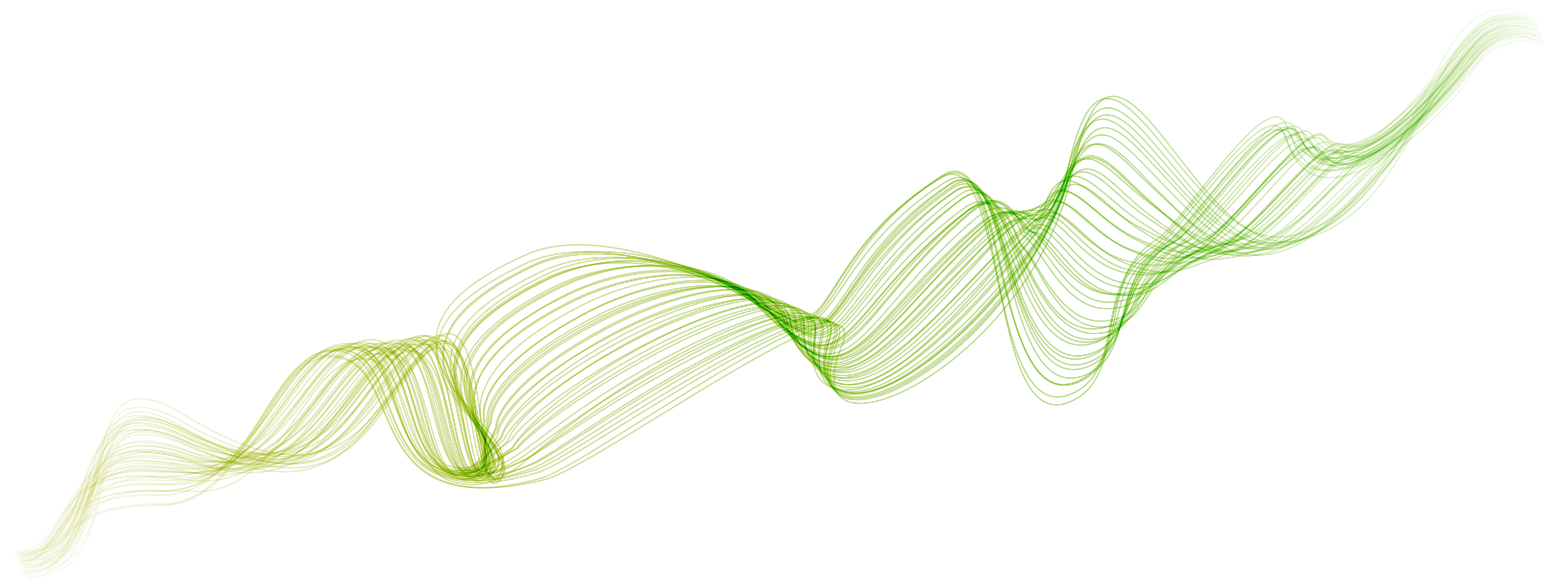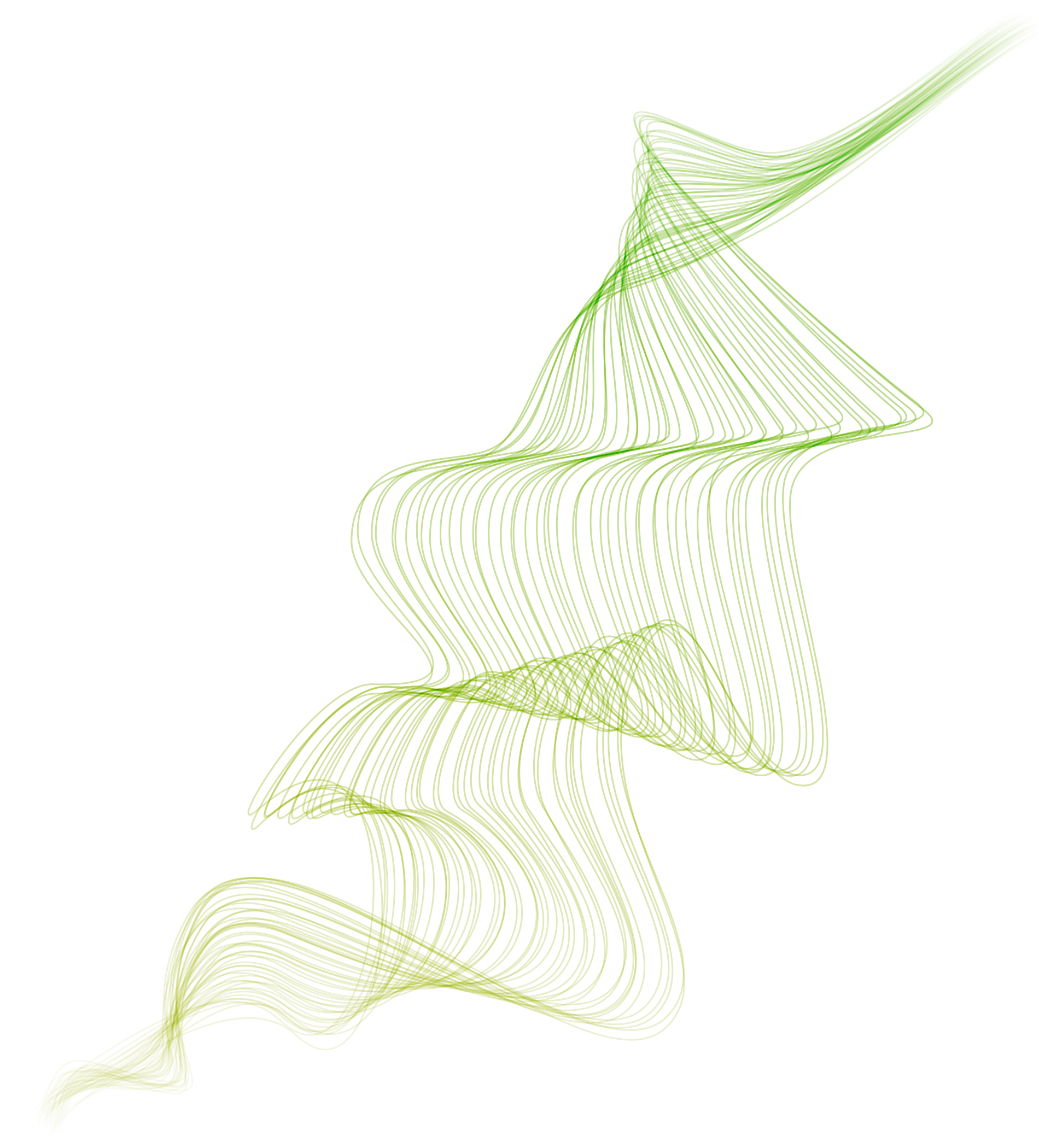WorkshopCardiac CT Level 1/2 Course Basildon, Essex, UK Basildon, Essex, UK - 20% discount with the code EBM20CIRCLEBook Today
Nov, 25
17
Nov, 25
21
NewsAidoc Partners with Circle CVI to Integrate AI-Powered ASPECTS Scoring into Stroke Care Aidoc, a global leader in healthcare AI, has partnered with Circle Cardiovascular Imaging (Circle CVI) to enhance stroke care with AI-powered ASPECTS scoring. By integrating…Apr 30, 2025Read More

Take the First Step Towards Better Patient Care
Discover today how our tailored solutions can enhance efficiency and productivity while reducing your workload and giving you more time to focus on your patients.

